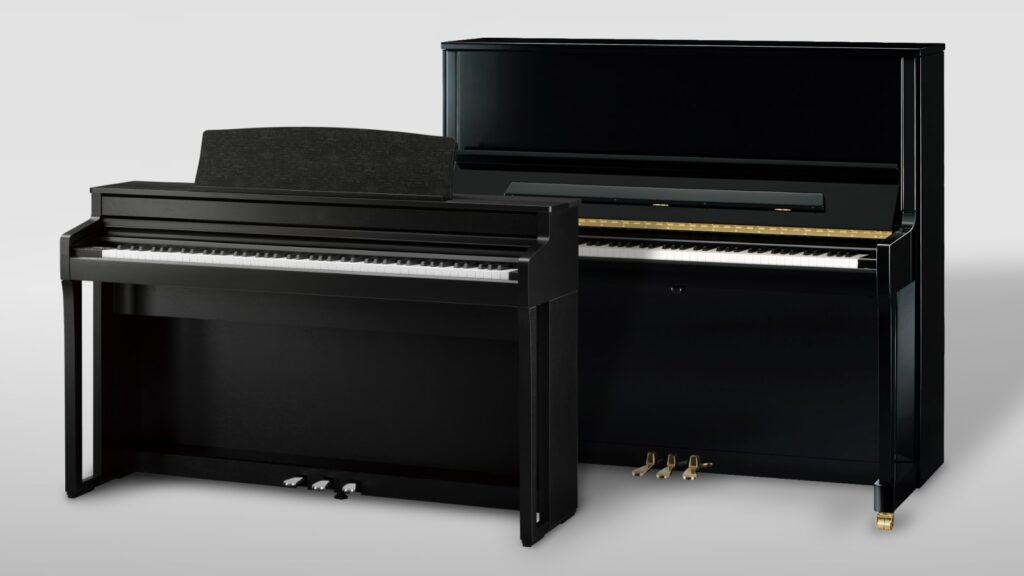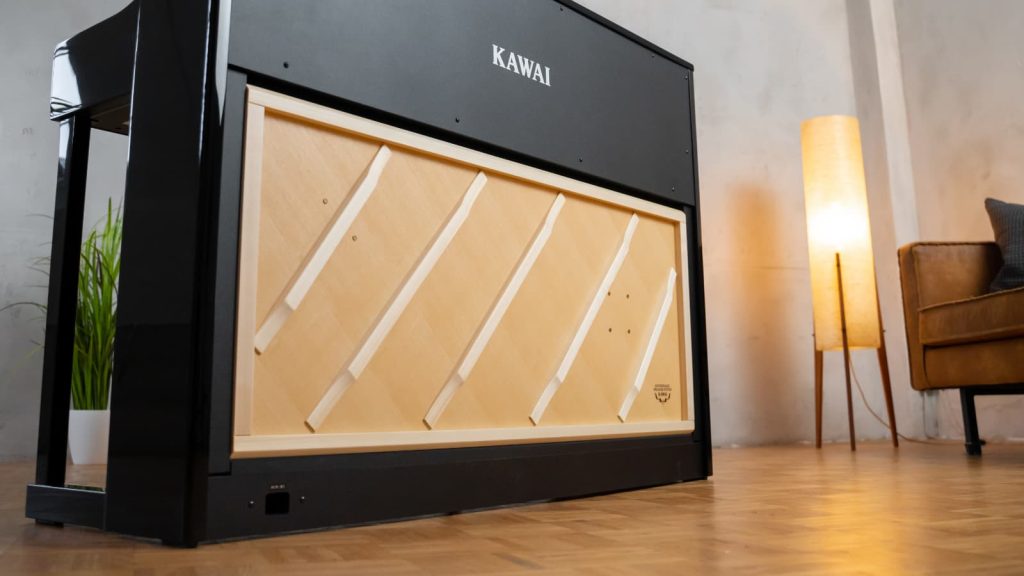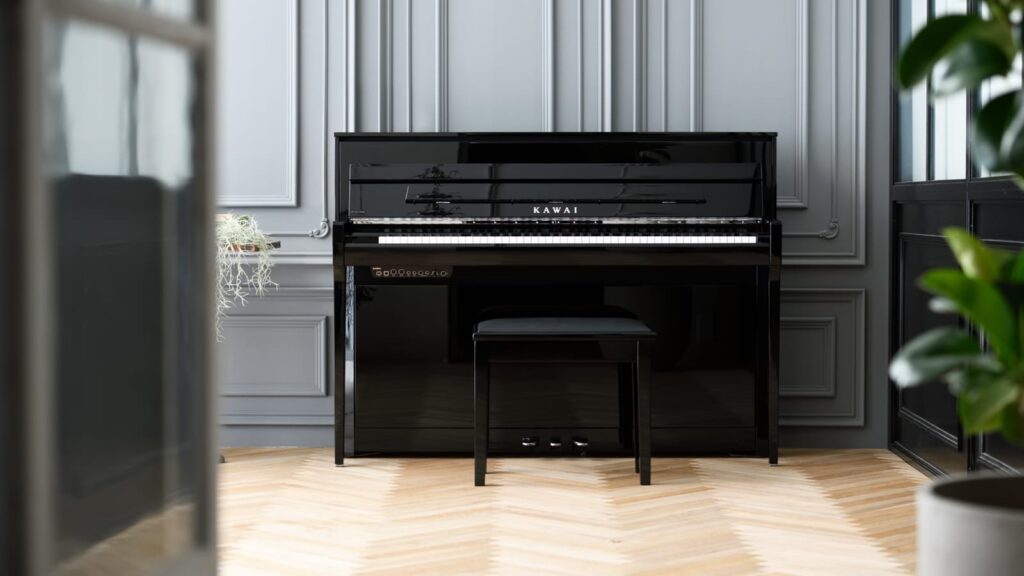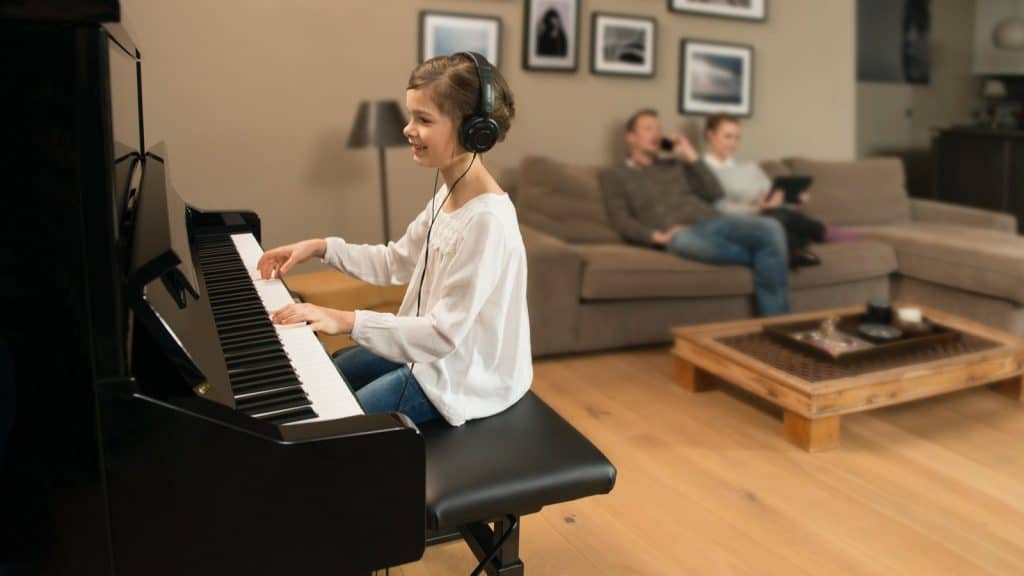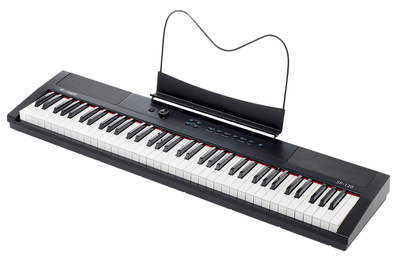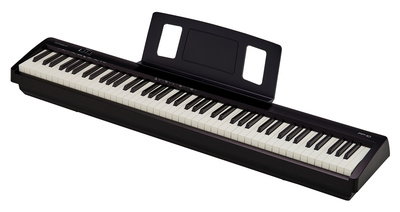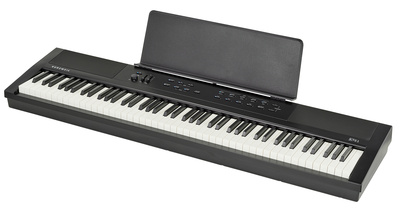Volume: Playing an acoustic piano comes with a certain volume level, and the experience is most enjoyable when the piano is properly tuned. To maintain this, it’s essential to have your piano tuned regularly, usually once or twice a year.
Relatively high price: With an acoustic piano, you’re starting at a relatively high price point. Smaller models sell for around $3,000, though you may also consider purchasing a high-quality used piano. Regardless of your choice—especially with a used piano—consulting a reputable piano dealer is highly recommended. A good mid-range acoustic piano typically costs around $8,000, with higher-end models reaching well into the five-figure range. Such a piano is considered a long-term investment.
Tuning & care: In addition to regular tuning, proper care is essential for the longevity of an acoustic piano. Over time, mechanical components such as the keyboard and hammer action can experience wear and tear. Therefore, regular maintenance is important to keep the piano in optimal condition.
Setting up the instrument: Not only does an acoustic piano require more space than a digital piano, but it also needs specific environmental conditions to perform at its best. You should place the piano in an area with a stable room climate.
Fluctuating room temperatures and insufficient humidity can significantly impact the lifespan of a piano. For example, a dry environment can damage the soundboard over time, which would be unfortunate.
→ Find out more: Where to Position Your Piano

